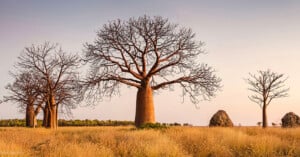
‘Talking to Trees’: Photographing the Expressive Nature of Trees
I have a confession to make. I possess a profound and abiding love and respect for trees.

I have a confession to make. I possess a profound and abiding love and respect for trees.
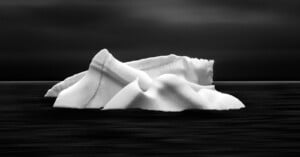
The Melting Giants project came about by happenstance. I overheard two men talking about the icebergs that come along the Newfoundland coast. That was enough to pique my interest, so off I went.
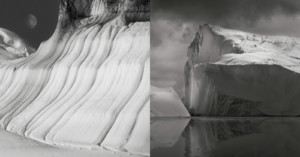
The beauty of the Arctic is overwhelming. The biting cold and the pristine silence is punctuated by occasional extraordinary sounds, as the glacier ice creaks and falls. At the centre of this beauty are the enormous structures of freshwater ice calved from the glaciers, the great icebergs.
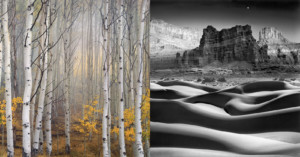
Co-editors Steven Friendman and Olaf Sztaba created Elements, an online publication for the finest timeless landscape photography shot by amateurs and seasoned professionals alike.
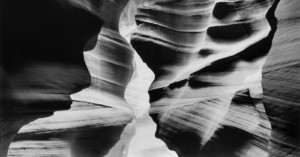
Photographers, from beginners to the most experienced, search for ways to improve their compositions. To be successful in your search, you have to compose an image based on two things above all else: light, and the relationships of forms.
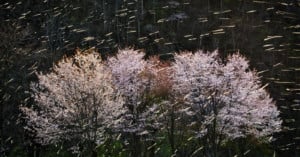
Cancer took my mother away. I was in a downward spiral until a chance encounter with nature set me on my path to recovery. I began photography as a means of prolonging the serenity I felt when surrounded by nature.
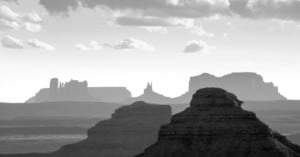
I’ve often been asked that question and it’s relevant, so let’s examine it for a while. Let’s start at the very beginning -- the actual exposure of a negative.
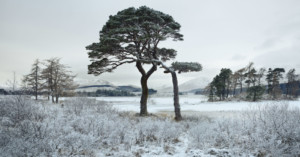
In December 2012, I made my first trip to the Bridge of Orchy. It’s a beautiful area just an hour and a half drive north of the hustle and bustle of Glasgow. It was a last-minute decision to head north from my home as there was the prospect of snow.
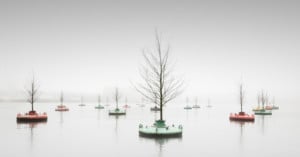
Back when I started photographing nearly a decade ago, my main subject was nature and landscapes. Over the years I continued to broaden my motifs to cityscapes, architecture, abstracts, and street photography. I still love to do them all, but there is one theme that has continued to evolve with me over the years, and that is trees.
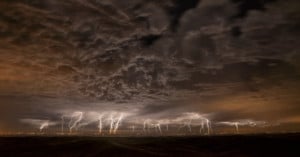
I often hear photographers express frustration with their images, saying something like, "My photographs don't capture what I really see." But cameras actually do a great job of capturing what things look like. I think what people really mean is that their photographs don't capture what they felt when they made the exposure.
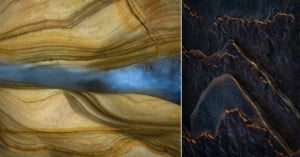
Northumberland is called the secret kingdom for good reason. Until fairly recently this sparsely populated English county with Scotland to the north and a long stretch of North Sea coastline to the east remained undiscovered by the majority of holidaymakers.
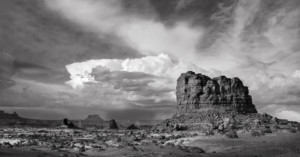
In 1991, near the end of some book projects that took me on some lengthy photographic journeys through the American West by car for two years, I came up with the idea of creating posters of some of my black and white images for a few of our western National Parks.
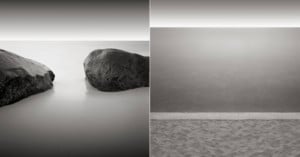
I set out for the beach before dawn. It’s not always easy getting up when it’s still dark outside, but I always return home thinking I should do this more often.
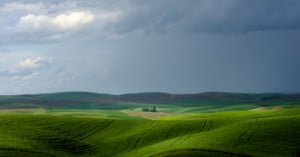
The process of crafting great imagery is something I have been studying for years. One of the undertakings in this riveting pursuit was to study hundreds of great images from many photographers.
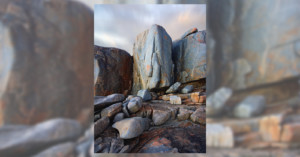
The year was 2014. I was seven years younger and because of that, it was a very good year. Do you remember the time when it didn’t hurt to get out of bed?
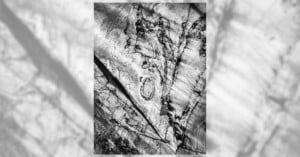
In my previous article, I walked you through the making of one of my signature photographs, Fallen Sequoias, exposed in 1977. I’ve decided to use the same process in the creation of another image, made 20 years later, on a one-day hike with two friends in 1997.
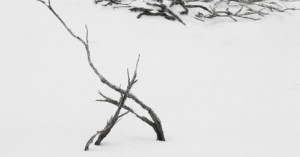
Freeman Patterson is a storied photographer, teacher, and author. After teaching seminars for groups as large as 4,000 and putting together a number of photography books, he shares some insights into the process he has been intimately close to for years.
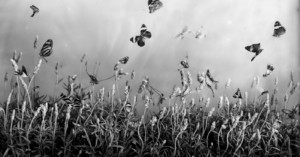
Every photographer has a humble beginning. Somewhere in the awkwardness is a pivotal moment that sends their photographic trajectory barrelling forward.
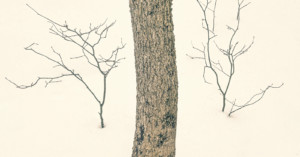
Going out with your camera on a regular basis is an important part of expanding your personal growth, creativity, and mental health. During this worldwide pandemic, it means exploring the world close to home.
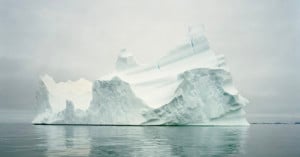
The monotonous propeller noise of Air Greenland’s Dash-8-200 had been roaring in my ears for more than an hour as we began our approach to Ilulissat.
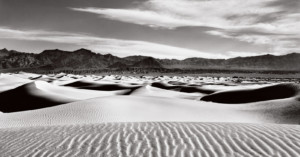
In 1991, near the end of some book projects that took me on some lengthy photographic journeys through the American West by car for two years, I came up with the idea of creating posters of some of my black and white images for a few of our western National Parks.
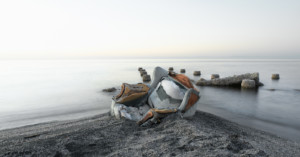
The “purple mountain majesties” which Katharine Lee Bates reflected on when writing the words of America the Beautiful, would likely be unrecognizable to her today.
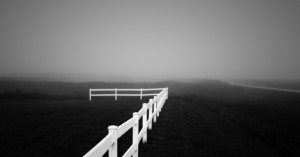
By removing color, we change how the viewer’s eyes see the photograph. No longer dependent upon color cues, we …
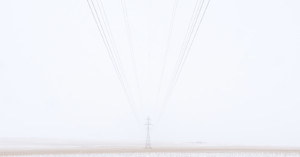
The image of these power lines was taken in Alberta, Canada in late December 2017. I have been traveling to the Canadian Prairies to photograph since 2013 and have been focusing more and more on minimalist winter scenes since my first winter trip there in 2015.
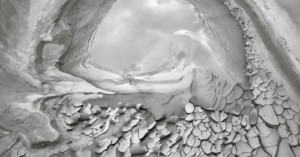
The overall measure of success for any photographer will likely be at least partially attributable to the effectiveness with which they are able to edit their own work.
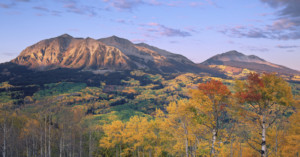
Autumn is something I never miss when it comes to photography. I may be working on other projects …
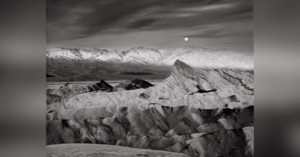
In 1991, near the end of some book projects that took me on some lengthy photographic journeys through the American West by car for two years, I came up with the idea of creating posters of some of my black and white images for a few of our western National Parks.
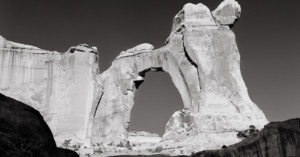
In 1991, near the end of some book projects that took me on some lengthy photographic journeys through the American West by car for two years, I came up with the idea of creating posters of some of my black and white images for a few of our western National Parks.
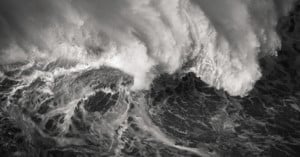
Waves are some of the most rewarding subjects for photography that I know. For starters, if you miss one, another will be along very soon! Of course, they are also unpredictable and can be dangerous.
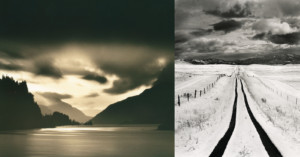
Roman Loranc is described by many as a modern-day master of fine art black and white -- or at least neutral tone -- photography. In two short anecdotes, Loranc shares the thoughts behind some of his imagery.